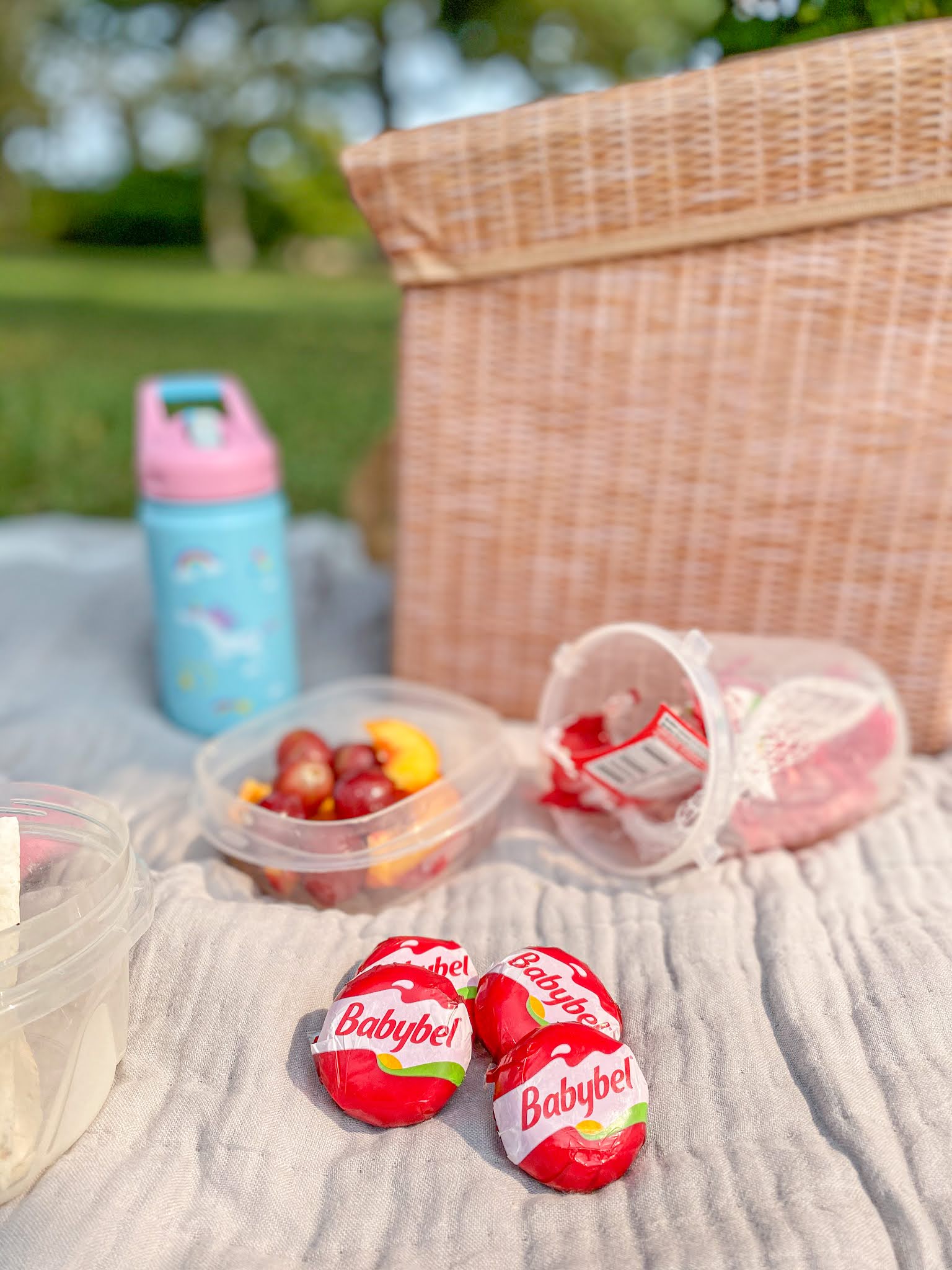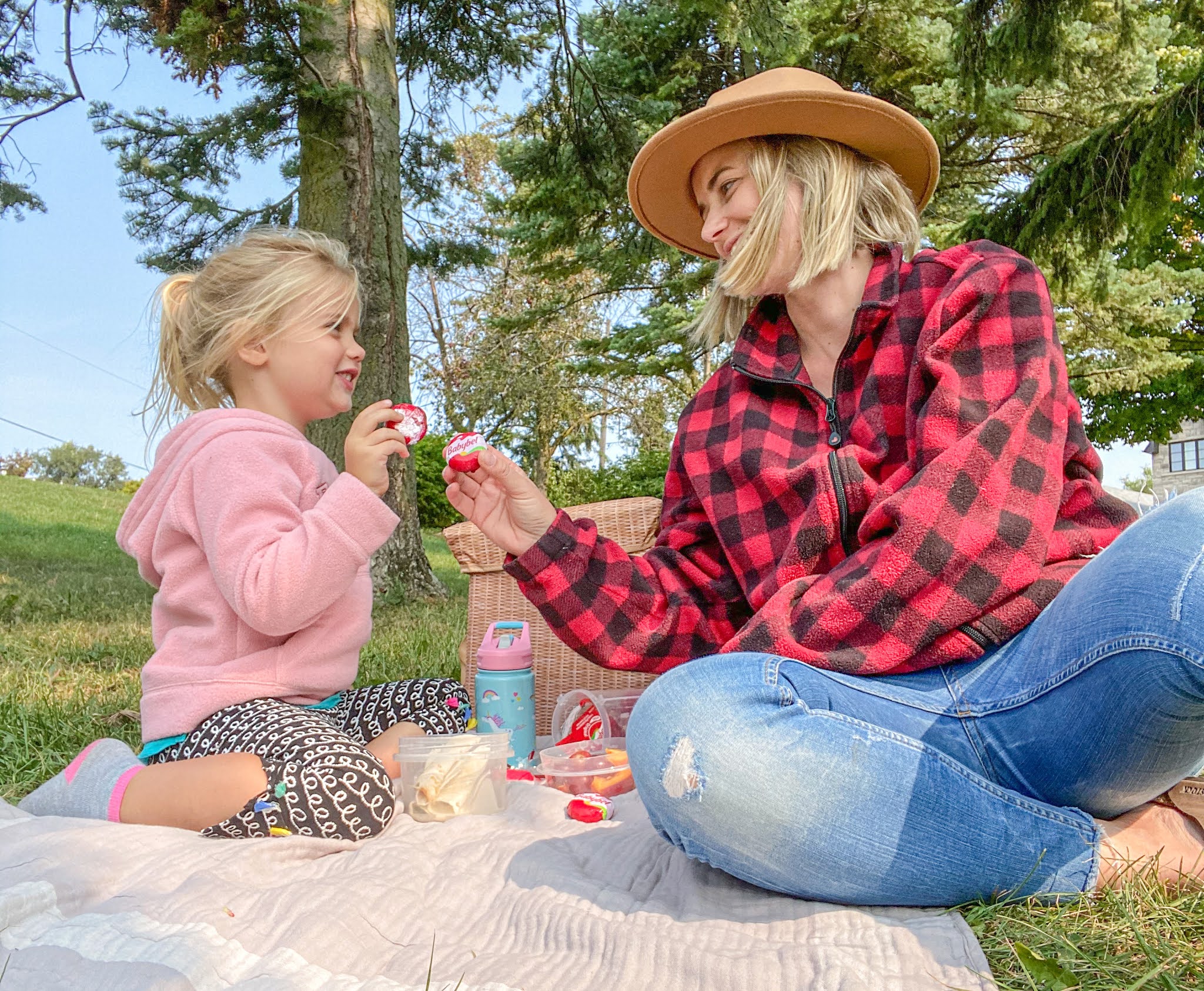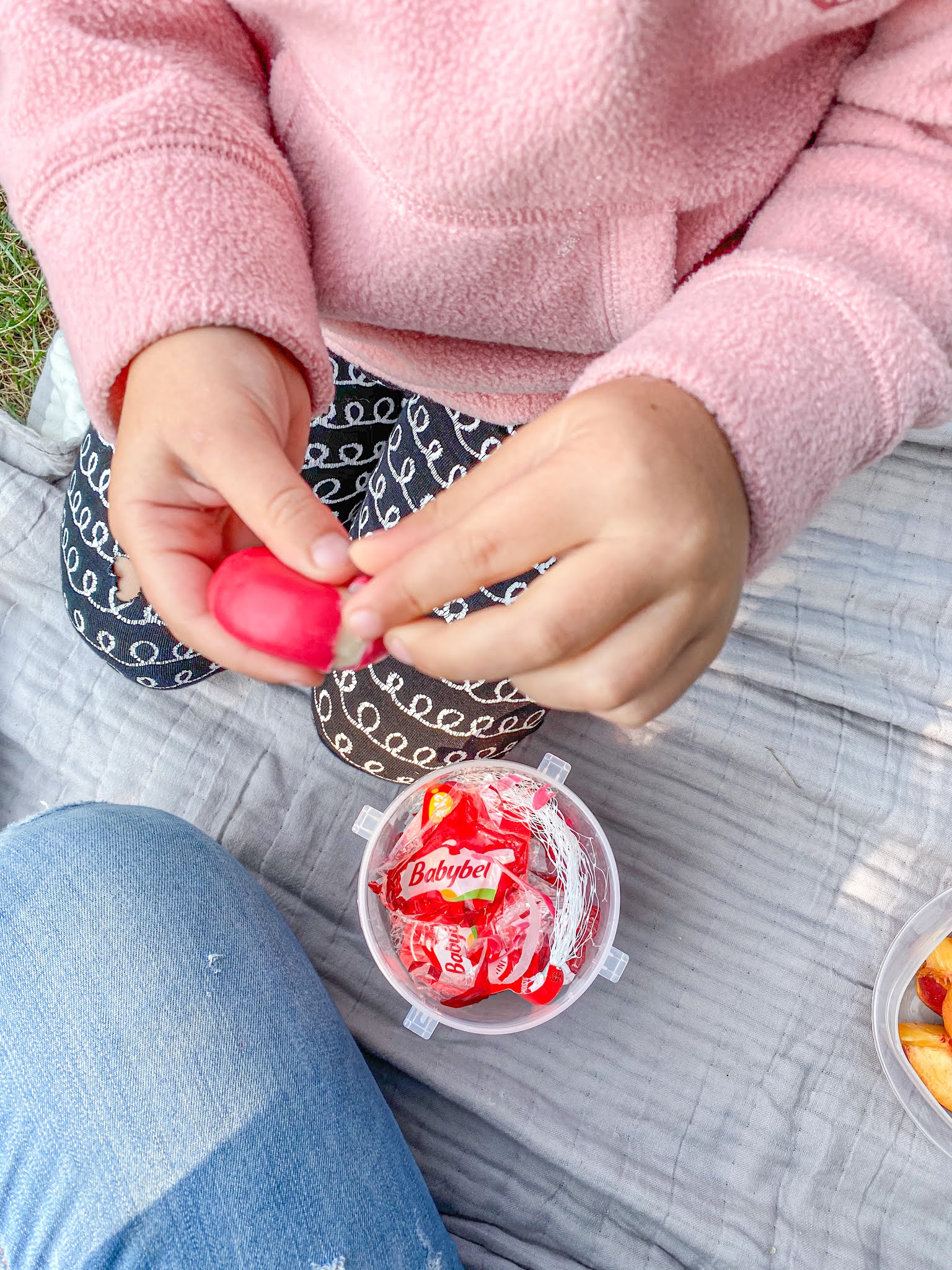There are many things that you can do to help reduce your environmental impact during the school year, and beyond. Today we’re sharing 5 ways that we’re helping the environment this school year, including an exciting new partnership between Babybel and TerraCycle!

How We’re Helping the Environment this School Year
Getting Outdoors
The first step is creating children that care for the environment is getting outside and connecting them with nature. If they have a connection with the environment, then they are more likely to care for it. Whether it is a hike on a local trail, a trip to the beach or even a picnic in your local green space, getting outside will help to solidify that connection and, overall, help to protect the environment. Remember, this doesn’t need to stop when the school year ends - it’s important to get outside all times of there year. Especially as there are proven physical and mental health benefits to getting outdoors as well.
Pack Litter-less Lunches
On average, a school-age child with a disposable lunch generates about 30 kg of waste per school year. That’s more than my kindergartener weighs! It also means that if there are 25 students in a class, they are producing 737 kg of waste each year. And that number only gets bigger as you look at the rest of the school, and beyond.
By taking a litter-less lunch, you produce 89 per cent less waste. Not to mention, litter-less lunches also often mean healthier (think fresh cut fruits and veggies) and saving money.

Use Reusable
A big part of going litter-less is using reusable containers for lunch, such as bento boxes, bamboo utensils and refillable water bottles. Ditch the single use plastics.
This school year, another thing that you can include in your child’s backpack that is reusable are fabric masks.

Support Local
By supporting local you are not only helping to boot the local economy, but you are also reducing the distance that many products need to travel. Products that travel greater distances to reach consumers may not be as fresh, and contribute to greater carbon emissions from the vehicles they are travelling. Opt for locally grown, raised and produced products, such as fruits, veggies and meat.

Recycle
Reducing the amount of litter you create is extremely important, but so is recycling those materials that are recyclable. Oftentimes, what can be recycled may differ between providers and cities, so be sure to check with your local municipality to see what can be recycled in your home.
In addition to curbside recycling, take advantage of alternative recycling programs, like TerraCycle!
Babybel has partnered with TerraCycle to reduce the amount of waste going to landfill. Now, all Babybel packaging (for all the different varieties and formats), such as cellophane, tag, net, metal clasps, wax, and plastic wrappers can be recycled! This partnership is Babybel’s first step towards becoming more environmentally-friendly.
Participating is simple and free,
- Start by signing up for TerraCycle’s free recycling program.
- Keep all the nets, tags, metal clasps, cellophane wrappings and wax in a box.
- Once your box is full, seal it tightly, print a prepaid label and mail your recyclables to TerraCycle for free.
- For every box of recyclable material that you mail, you will earn points that can be converted into donations to the charitable organization of your choice.

What happens to the materials, you ask? The cellophane, nets and tags are used to make other plastic items. The metal clasps are separated from the tags and then melted to make joints, nuts and bolts. After being melted and filtered to remove any impurities, the wax can be used to make new candles.
It really is simple to do - we keep a reusable container on the counter, and whenever we eat a Babybel, instead of going into the trash, we put the packaging into the container. Once it is full, we follow the steps above and send it off the TerraCycle to be recycled.
By recycling your Babybel packaging, you are not only doing a positive action for the planet, but you are also giving back to charity. Recycling is an easy choice to make a positive change in the world we live in.

Remember - caring for the environment doesn’t stop when the school year ends! These steps can be followed at all times of the year to ensure we all do our part to help take care of the environment.

